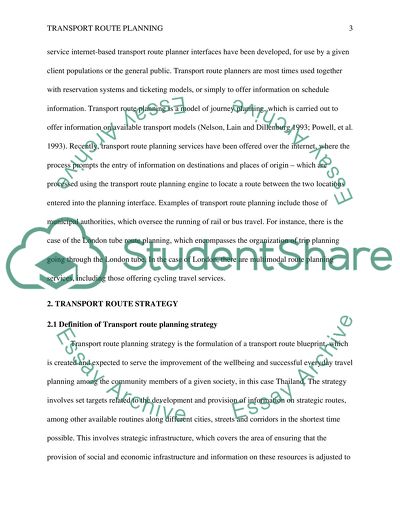Cite this document
(“Improve implement of transport route planning in SMEs Company in Literature review”, n.d.)
Retrieved from https://studentshare.org/tourism/1399853-improve-implement-of-transport-route-planning-in
Retrieved from https://studentshare.org/tourism/1399853-improve-implement-of-transport-route-planning-in
(Improve Implement of Transport Route Planning in SMEs Company in Literature Review)
https://studentshare.org/tourism/1399853-improve-implement-of-transport-route-planning-in.
https://studentshare.org/tourism/1399853-improve-implement-of-transport-route-planning-in.
“Improve Implement of Transport Route Planning in SMEs Company in Literature Review”, n.d. https://studentshare.org/tourism/1399853-improve-implement-of-transport-route-planning-in.


